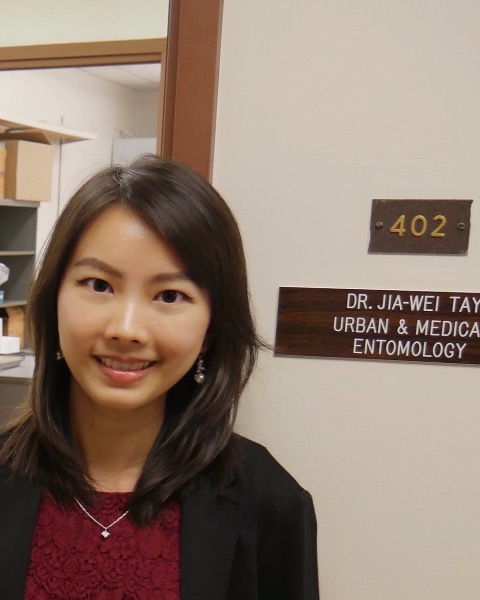Back
Medical, Urban, and Veterinary Entomology
Student Competition 10-Minute Paper
Grad MUVE and PBT: Behavior and Ecology
Behavioral evidence for unicoloniality in Pheidole megacephala (Hymenoptera: Formicidae) on O'ahu, Hawai'i
Monday, November 14, 2022
10:54 AM – 11:06 AM PT
Location: Vancouver Convention Centre, Meeting Room 205
- JL
John A. Lawrence
University of Hawai'i
Honolulu, Hawai'i 
Jia-Wei Tay
Assistant Professor
University of Hawai'i
Honolulu, Hawai'i
Presenting Author(s)
Co-Author(s)
Invasive ants have devastating ecological impacts in their expanded ranges. The ecological dominance of invasive ants can be partially attributed to the ability of some species to form supercolonies, geographically widespread continuums of genetically related nests that exhibit low to zero inter-nest aggression. Pheidole megacephala (Fabricius) has become ubiquitous in the Hawaiian archipelago since its introduction in the late 19th century. This species exhibits both polygyny and polydomy, conditions necessary to the formation of supercolonies. Minor P. megacephala workers from sixteen sites in four regions across O’ahu were collected for use in behavioral assays to measure inter-nest aggression. Individual workers from different nests were paired and placed in a petri-dish arena to observe interactions over a ten minute period. Interactions were given one of four rankings (1 = least aggressive, 4 = most aggressive). Inter-nest aggression was rare, occurring in 4% of replicates. Mortality was not observed throughout the study and aggressive responses were not replicated between pairings. This lack of hostility between conspecifics suggests that P. megacephala has formed one or more supercolonies on the island of O’ahu. This level of sociality could be a contributing factor in the ability of P. megacephala to maintain its ecological dominance over native Hawaiian terrestrial invertebrates. Future collaborative work will test the correlation between aggression level and genetic similarity through microsatellite genotyping using ants from the same colonies.


